Answer: what is the difficulty of planting Cordyceps?
At present, Cordyceps militaris (also known as Cordyceps militaris) is widely planted in the market.
1. Select high quality liquid bacteria.
2. Choose the appropriate medium formula and sterilize thoroughly.
3. The temperature should be controlled within 18 ℃ when inoculating and raising bacteria.
4. attention should be paid to increasing oxygen, increasing light, replenishing water, ventilation and changing temperature during the period of hauling and coming out of grass.
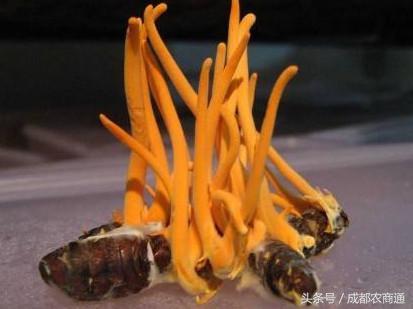
However, it is difficult to grow Cordyceps sinensis. After so many years of research, there is no stable planting method.
This bug is unusual.
Cordyceps sinensis is parasitized by Cordyceps sinensis on the alpine meadow soil, which makes the larvae ossified. Under suitable conditions, the long rod-shaped receptacle is produced from the head of the stiff insects in summer.
So the Cordyceps sinensis we see is divided into two parts: one is the insect body, the other is the seed seat.
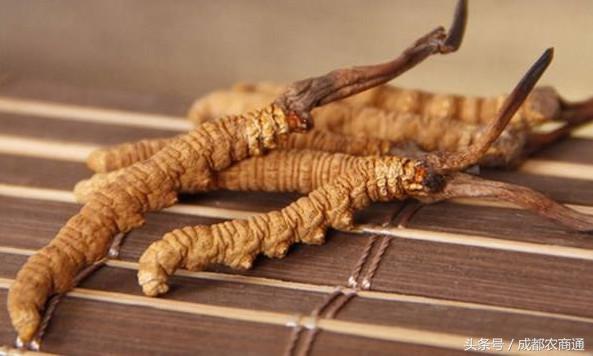
The bat moth larvae of the insect body are mainly distributed in the mountain areas at middle altitude, and the species are already relatively rare. It was once introduced to the north, but failed because of the strict requirements of the environment for the reproduction of this insect.
Studies on the feeding of manta moth in recent years have shown that:
1. The manta moth spends 98% of its life in the soil, so soil is one of the keys to the survival of captive breeding. The most suitable soil for the growth of manta moth is alpine meadow soil, followed by mixed soil of flowing stone beach and meadow, and the third is alpine brown forest soil, other soils will cause poor growth of manta moth.
2. Pay attention to the choice of feed. The larvae of manta moth like to eat the buds of Polygonum polygonum, Polygonum polygonum, Radix Astragali, rhubarb, rhubarb, etc. If there are no above-mentioned plants, they can be raised with tender buds of Gramineae (highland barley, malt, grain malt), Cruciferae and Cyperaceae. At middle and low elevations, rhubarb, carrots, white radishes, sweet potatoes, potatoes and apples can also survive.
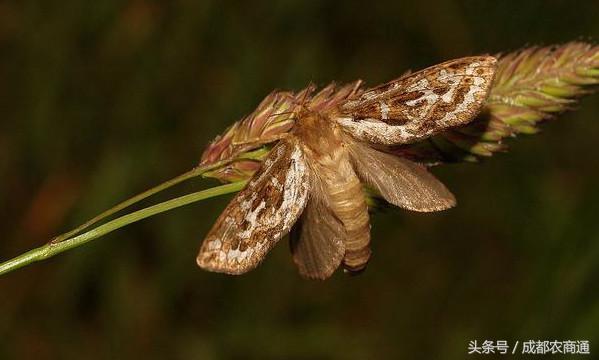
3. There are strict requirements for temperature and humidity. The manta moth is resistant to low temperature and high temperature, and is suitable to grow in an environment of 15-19 ℃; the most suitable relative humidity is 75-85%, and the soil water content is 40-45%.
Second, the success rate of vaccination is low
According to the research results of Chongqing Institute of traditional Chinese Medicine, the main way for Cordyceps sinensis to invade the larva of manta moth is to feed through the mouth, enter the digestive tract with the food, and then enter the blood cavity through the inner wall of the digestive tract.
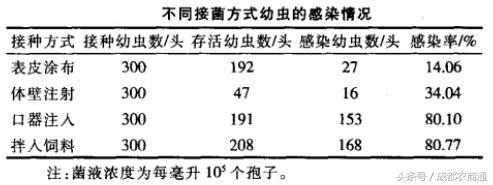
The mycelium develops in the blood cavity and forms a sclerotia. The sclerotia germinates to produce a spore, and eventually it is possible, note, to form Cordyceps sinensis. Third, inoculation and infection is one thing, whether it can grow or not is another.
Through the unremitting efforts of the researchers, it is found that the most suitable for mycelium infection is the 3rd-4th instar larvae. The whole process of Cordyceps sinensis infecting host larvae takes 50 days to half a year, and the host infection rate can reach more than 90%.
This time span is very large, and some factors are not clear, and the detailed process of Cordyceps sinensis invading host larvae is still under study.
The cultivation and emergence of Cordyceps sinensis all need to pay attention to increasing oxygen, increasing light, replenishing water, ventilation and changing temperature. Cordyceps sinensis is more rare, and there are only many factors affecting its production of grass. It is not very realistic for the environment of the plateau to be completely simulated, and the haste is out of control. Failure is normal.
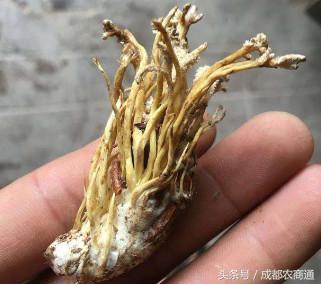
Because of its excellent medicinal value, Cordyceps sinensis has been over-exploited, the ecological environment has deteriorated, and natural resources have been increasingly exhausted. At present, artificially cultivated Cordyceps sinensis has been mixed with wild Cordyceps sinensis in the market.
However, the current artificial cultivation has not been completely successful.
The reason is due to the lack of understanding of the fungal pathogenicity, high-altitude ecological environment adaptability and genetic basis of Cordyceps sinensis in the process of infecting the host.
There is a paper on Cordyceps in the recent Science. Chinese and American researchers have determined the reference genome map of Cordyceps sinensis, which lays a solid foundation for the analysis of fungal pathogenicity, high altitude ecological adaptation and population genetics of Cordyceps sinensis at the genome level.
- Prev
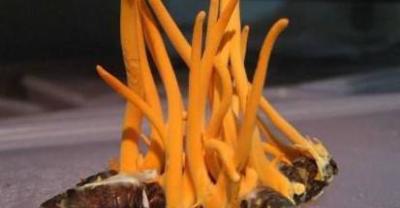
Matters needing attention in growing Tomato in Winter
The first thing to pay attention to when growing tomatoes in winter is to pay attention to the time of interplanting and not to be premature. The author saw in some greenhouse vegetable planting villages in Yuncheng that they had interplanted high and low stubble tomatoes in the shed.
- Next
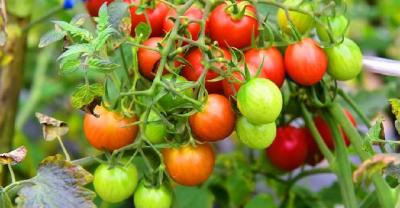
Does it only take a few minutes to implant teeth?
We already know that implant teeth need to grow from the "root" (that is, the implant) to the final "growth" of the tooth (to complete the crown restoration).
Related
- Fuxing push coffee new agricultural production and marketing class: lack of small-scale processing plants
- Jujube rice field leisure farm deep ploughing Yilan for five years to create a space for organic food and play
- Nongyu Farm-A trial of organic papaya for brave women with advanced technology
- Four points for attention in the prevention and control of diseases and insect pests of edible fungi
- How to add nutrient solution to Edible Fungi
- Is there any good way to control edible fungus mites?
- Open Inoculation Technology of Edible Fungi
- Is there any clever way to use fertilizer for edible fungus in winter?
- What agents are used to kill the pathogens of edible fungi in the mushroom shed?
- Rapid drying of Edible Fungi

